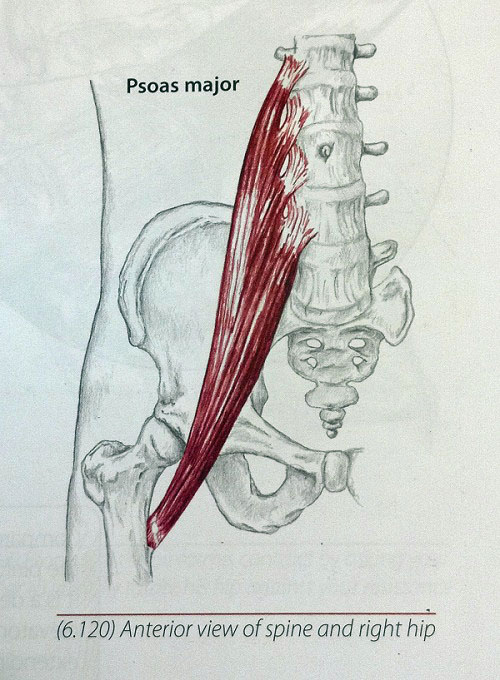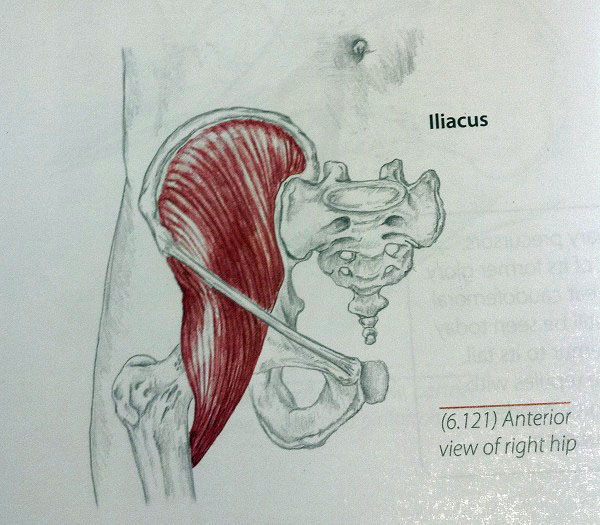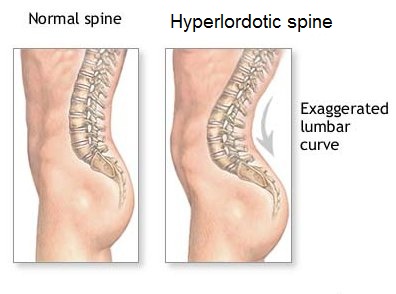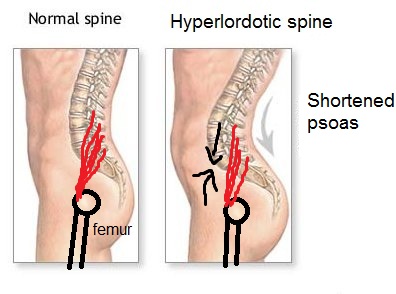The Sport of Life
As members of the UCLA staff and faculty community, your lives are comprised mainly of some sort of sitting. Lots of it. Think about it. Track your day from start to finish and count the hours that you spend in a chair. Many of you will surely be in the double-digits. Well, guess what, sitting SUCKS! I typed in the word "sitting" into google and the screen nearly slapped me in the face with article after article that cited the words "dangerous", "death", "worse than smoking". Here's a few for your reading "pleasure".
The Most Dangerous Thing You'll Do All Day
Sitting less could extend your life
Sitting can be more dangerous than smoking, study shows
Too Much Sitting Can Kill You, Study Suggests
The “Sitting Is Killing You” Infographic Shows Just How Bad Prolonged Sitting Is
Get the idea? Sitting is not the best way to live, but the reality is that we can't avoid it (I can because of my job). If we wanted to abolish sitting, we'd have to make a lot of changes that would certainly trickle into other aspects of our lives. So, chances are that it probably won't happen for many of us. You do stand to benefit by... wait for it..... STANDING UP and walking around frequently.
The big problem for us in exercising is what happens to the hip flexor muscles after prolonged sitting. By prolonged, I mean within a few hours, let alone years.
These are the two main hip flexors:


These two muscles flex the hips. Meaning they either bring your knee closer to your chest, or your chest closer to your knees. Think situps, tuck-jumps, leg levers, flutter kicks.
When you spend too much time sitting, you artificially "freeze" these muscle into a shortened range of motion. Sitting in a full squat would help counter this since they would contract through a full range of motion, but few desks are equipped for this feat. This is a big problem when we ask you folks to squat and your hip flexors think the job is done when your hips drop to chair-height. Instead of pushing through to the bottom, many just drop the chest, round the back, or widen the feet.
The shortened PSOAS becomes a really big problem for many of you that sit and also have muted hip extensors (part of the same sitting package). Notice it is attached to the lumbar spine from the femur. Well if it is shortened, then one of those bony structures has to move. It's not going to be the femur as the leg is too long and that is mechanically unlikely. The lumbar spine, on the other hand, can move forward toward the belly button if pulled by the psoas. So it does. We call this "hyperlordosis". You call it "ouch, my lower back hurts, I probably lifted something incorrectly and now need surgery and a handicapped placard on my car for awesome parking spots".
Here's a picture:

Now let's attribute the mechanics to the source of the problem.

Bam. This is why your lower backs hurt after sitting and dead lifting and squatting. This is why you're prioritizing doing the dead lift with your back instead of your hips and you end up pushing through your belly instead of pulling the bar up.
So how do we fix this. Well, prioritizing hip extension is a good counter measure for the short flexors. Doing things in a hollow position is good too. But ideally, you're going to want to lengthen and relax the hip flexors. This is not easy. Obviously those muscles are hard to find since they're buried deep inside of you.
I go see an ART specialist and he PAINFULLY manipulates my muscles into submission. It is not pleasant but it works. Really well. www.drnelsonsantos.com is the guy, and no, I'm not getting hooked up for mentioning him; I pay, but he does take insurance. Or you can even go to your physician and they can give you a shot directly into your psoas. That sounds like a blast!
If you want to do it yourself, it will take time, but you have to be proactive. Check these out:
I like to do this one by laying on top of the ball and trying to expose the psoas with intensive glute and abdominal activation with rotation. This will hurt if you do it right.
You can use a band to distract the hip flexors as well, while you try to blast the hips open with your glute. http://www.youtube.com/watch?feature=player_detailpage&v=SPpAECK8jFs#t=374s
Justin from 70'sbig made a great video on exposing the psoas to palpate it.
So these will be some fun things to do if you have any interest in preventing the common problems associated with chronic hyperlordosis or you want to actually move some heavy weights correctly and let the big muscles develop in your hips rather than punish your back.
Note: I ripped off all of the visual aids from www.70sbig.com. Justin made a few great posts about the hip flexors and they're really pertinent to us because of our lives in chairs. So read his stuff, watch his videos, and enjoy his work just as much as I do. Thanks Justin!
Stand up, walk around!
Enjoy!

Uh oh. I'm sitting down and reading this.
ReplyDeleteYou should read them while standing ^_<
DeleteGreat therapeutic videos! Thanks Rus!
ReplyDeleteDoes sitting on an exercise ball at work help any of this?
ReplyDeleteNo. From MY PERSONAL experience, that creates more problems than it solves, especially in the lower back.
DeleteKelly Starrett really breaks things down well. I like how Justin gives you an option if you don't have a kettlebell to use but I guess some other heavy object with a flat bottom would work as well. I bought a couple lacrosse balls for barely more than $2.00 each from 'Play-it-Again' sports several months ago for myofascial release.
ReplyDeleteThe 20 min youtube video was invaluable. I'm definitely going to put all that into practice as I've seen myself at times turn (but totally collapse) one knee and shift my hips when I get into heavier squats. All those mobility movements will help at least a little.